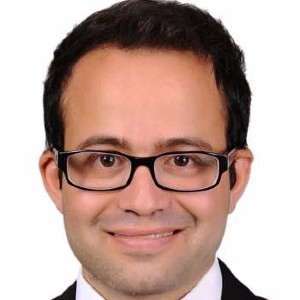Hello Everyone,
According to different materials, I think there are two main way of explaining the structure to interviewer.
1) Numbering first layer of structure and after that going to second layer and explaining which specific data do you want for each main category and perhaps justify why you need them.
i.e. "I woould like to look at 4 area, 1:customer, 2: competition.... etc.
Now, in my first branch, I would like to learn 3 things about our customers... 1) this 2) this 3) this
2) Start with numbering the branches of first layer and give some detail about second layer of each branch and explaing which data you want to collect with justification
i.e " "I woould like to look at 4 area......
First area that I want to look at is customer. In this part I would like to learn 3 things about our customer to understant the situation better....
And explain each main category of your structure in same way...
So,
Which one is more clear and easy to follow? What do you think?
Thank you!
Houman















